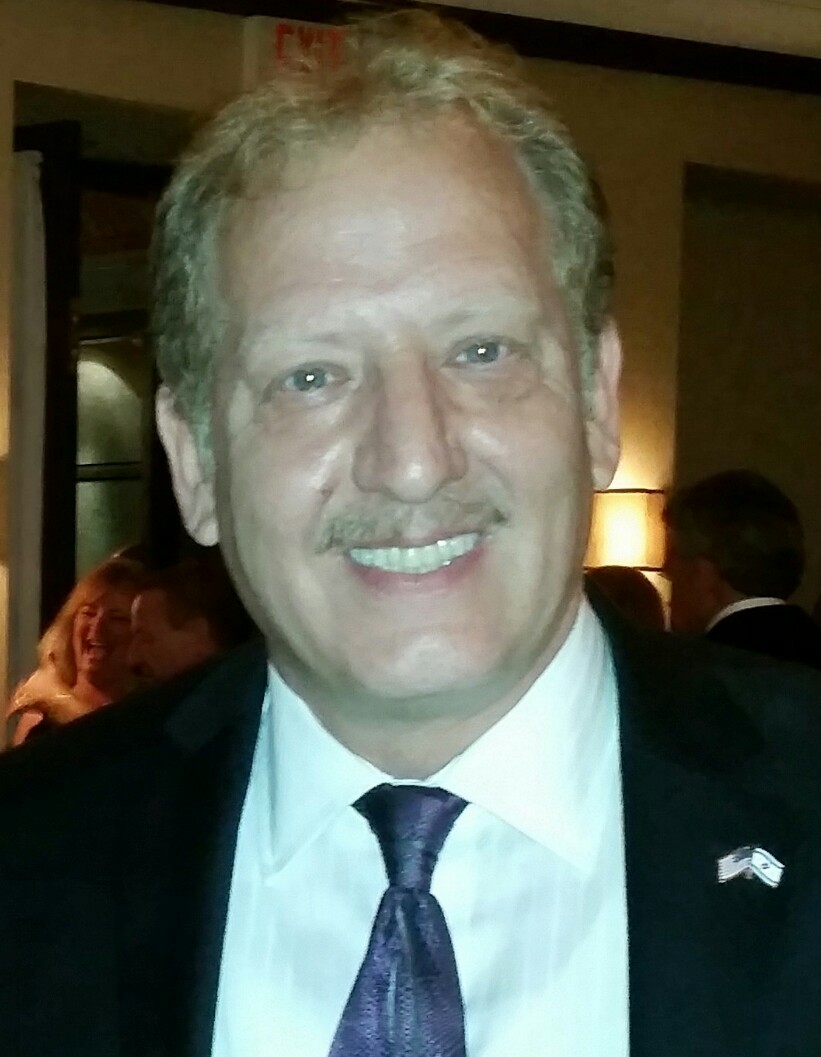Focusing on a relationship with God
Why is the Jewish New Year, Rosh Hashana celebrated at the end of the summer? Rosh Hashana is placed where it is by the Torah, which teaches: In the seventh month on the first day of the month, you shall observe complete rest, a sacred occasion commemorated with loud blasts. You shall not work at your occupations (Leviticus 23:24-25). New Year’s Day in the seventh month? One would think that New Year’s Day would occur on the first day of the first month. That’s how it works in the secular calendar!
The Torah begins to count days and months at the time of the Exodus from Egypt. The Exodus occurred in mid-spring, so Rosh Hashana occurs now, at the end of summer.
Actually, there are a number of New Year’s on the Jewish calendar, each with a separate purpose. Mishmash Rosh Hashanah 1:1 teaches us that there are four New Year’s on the Jewish calendar. The first of Nissan is the New Year of the ascension of kings. The actual date of the king’s anointment did not matter. When the first of Nissan came, another year was added to his reign. The first of Elul is the New Year for the cattle-tithe. According to our ancient rabbis, cattle, no matter when they were born, became a year older on that day. This enabled our ancestors to determine which animals were old enough to be brought to the Holy Temple. Likewise, the 15th of Shevat is the New Year for fruit trees. No matter when they were planted, all fruit trees were considered a year older on that date. This was important in determining which fruits needed to be tithed.
The first of Tishre, which we call Rosh Hashana is considered the anniversary of the day the earth was created. Our ancestors determined the sabbatical years and jubilee years according to this date. Rosh Hashana is considered a festive day and we do honor it with festive meals, but it is also a day for seriousness for it ushers in the Day of Atonement, which takes place only 10 days later.
Why place the time of new beginnings at the end of the summer when the days get shorter, the air gets colder and leaves begin to fall? To me, it’s a reminder of the need to build the kind of faith that brings us hope. Our agrarian ancestors understood this clearly. They knew that after the last harvest they would have to sustain themselves for months on what they had saved and what they could procure. They knew that some people might not make it through the winter. Their faith and their hope helped them survive. We moderns don’t worry about food supplies in the winter, but the cold, the inclement weather and the increased darkness do make some people feel less hopeful.
Placed as it is in the calendar, Rosh Hashana and Yom Kippur beckon to us to think about the spiritual aspect of our selves and to work on ways to improve our souls. These High Holy Days help us to concentrate on our relationship with God as well as our relationships with the people in our world. In synagogue, we reinforce each other by praying, singing and learning together. Even hearing the sound of the shofar helps us to build spiritual strength. Hopefully, at the end of the Holy Days, we feel spiritually recharged. The almost immediate appearance of Sukkot, Shemini Atzeret and Simchat Torah after the High Holy Days, helps us recharge our faith even more just at the time that we are heading towards two seasons of darkness and less than desirable weather.
May this be one of the results of your High Holy Day experience this year: That your sense of faith and closeness to God be strengthened. May the awareness of your faith bring you increased hope and may that hope lead you to success and satisfaction.






